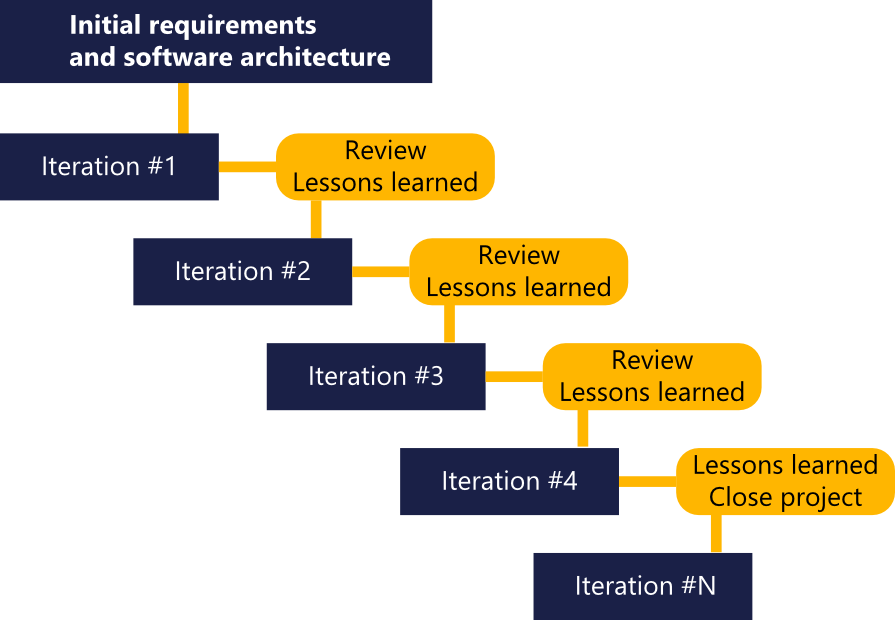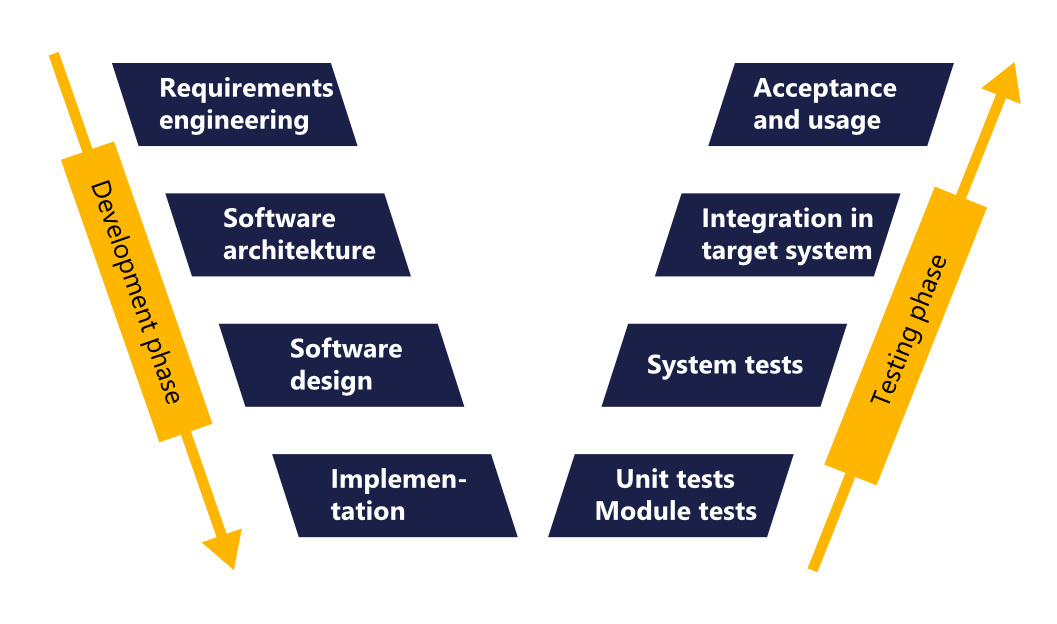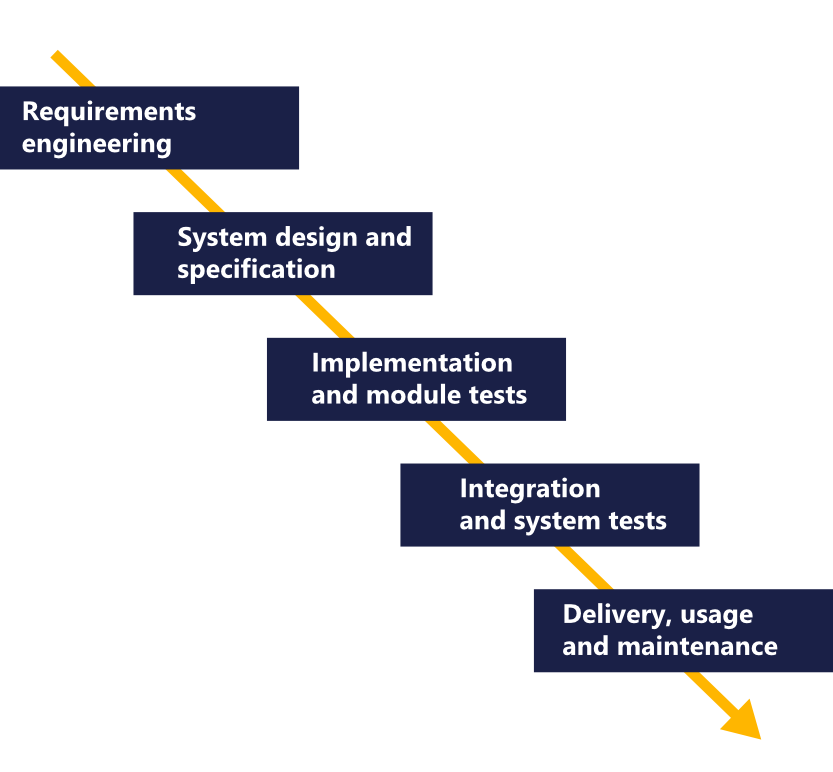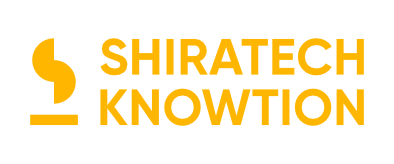Software Development
Our algorithms in your target system
In addition to developing algorithms, we also offer pure software development for our customers. This enables us to integrate the algorithms we have developed directly into your target system and to validate them based on the prototype implementation. Software requirements can also be taken into account during the development of the algorithms and the algorithms can be designed accordingly.
We develop individual software solutions that are precisely tailored to the requirements and needs of our customers from a wide variety of industries.
Knowtion offers software development according to defined standards and processes in order to guarantee a high level of software quality – and thus freedom from errors. This includes all phases of the software development process, from the recording of requirements through to maintenance.
Range of services
We develop individual software solutions that are precisely tailored to the requirements and needs of our customers from a wide variety of industries. Our range of services extends from embedded software to scalable server architectures based on different platforms, development environments, technologies and standards. Knowtion supports you with individual software modules or takes over the development of entire software products.
Embedded Software
Standalone Software
Cloud Software
Software quality
Development process
Depending on the specific project, there can be major differences in our development process, but they all have in common that this process is coordinated, aligned and documented with you in advance. Our software development services cover the entire development process, from the recording of customer-specific requirements, through software development and quality assurance, to the installation and commissioning of the application in the target environment.
The optimal choice of the development process in consultation with you depends on the following aspects:
Using a suitable development process, we develop software modules that meet the relevant quality requirements and customer coding guide lines in the shortest possible time.
Agile development (Scrum)
In agile software development, attempts are made to increase transparency and flexibility and to use the developed systems more quickly in order to minimize the risks in the development process. Small increments of executable and useful software is thus quickly and continuously delivered to the customer as part of releases and thus, in addition to minimizing risk, leads to higher acceptance and satisfaction. The most important characteristic of all agile approaches are self-organizing teams and an iterative and incremental approach. The best-known and widely used representatives of agile software development are Scrum and Extreme Programming.

Advantages
Challenges
V-Model
In contrast to phase-oriented process models such as the waterfall model, only activities and results are defined in the V-Model and no strict time sequence is required. The development does not take place in single linear axis, instead the levels rotate upwards again after the coding phase is completed. This development process allows software developers and testers to work in a structured manner as parallel teams. For example, based on the existing requirements, the test first version of the specifications are prepared at an early project phase.

Advantages
Challenges
Waterfall model
The waterfall model in software development is describing a linear process model that organizes the entire development process in successive project phases. As by using the waterfall model, the results of each phase are always used as a binding specification for the next lower phase. For example, all requirements must be established before the design phase is started or the software must be fully implemented before it can be evaluated in the test phase. The documentation takes place at the end of each phase so that a high project quality can be ensured.



